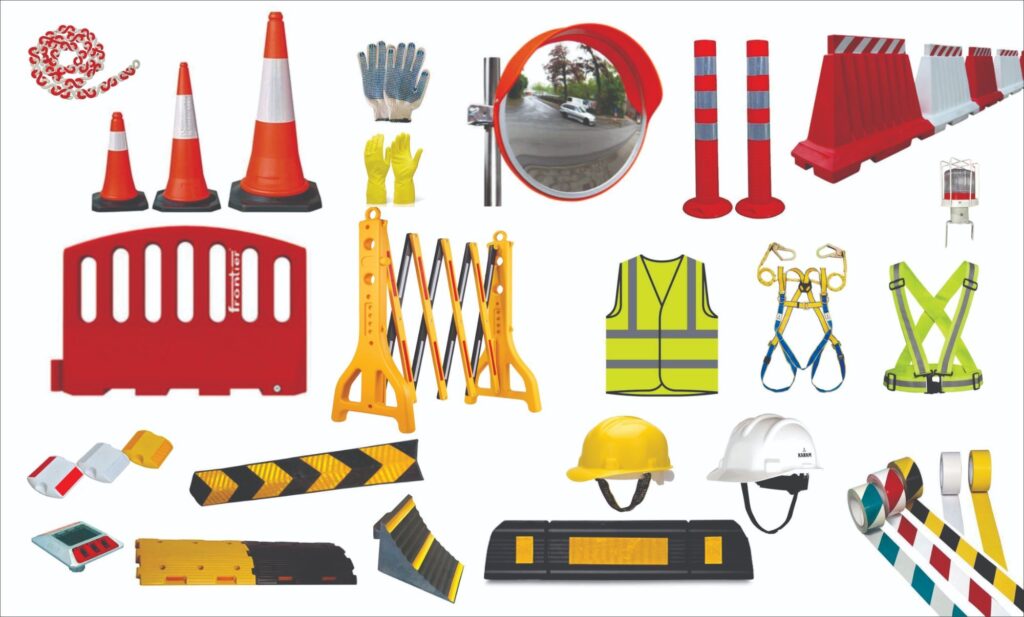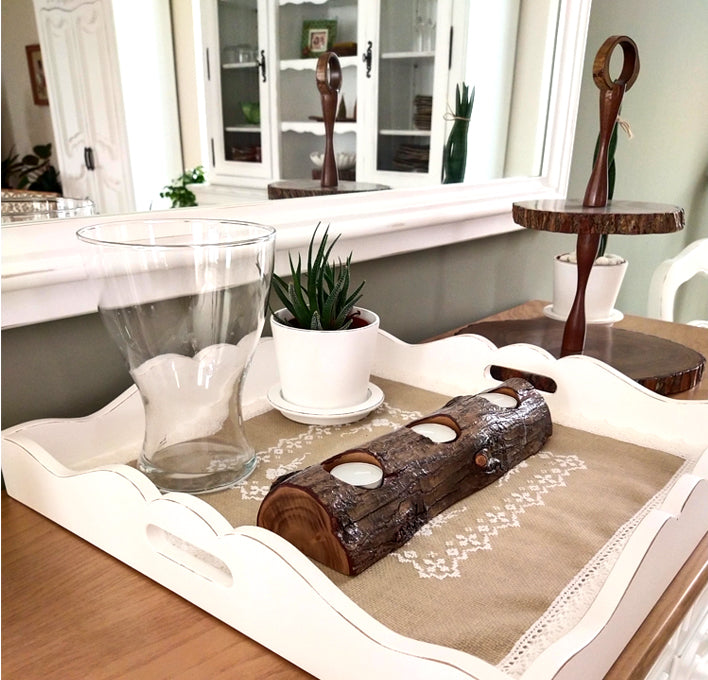
Mechanical, Electrical, and Plumbing (MEP) systems form the backbone of any modern building. From energy-efficient HVAC systems to seamless electrical networks and reliable plumbing infrastructures, these elements define a building’s functionality and sustainability. MEP design consultants are the unsung heroes behind these systems, ensuring they meet performance, safety, and regulatory standards. In this article, we will explore the world of MEP design consultants, their roles, significance, and how they transform architectural visions into reality. specialized mep services.
What Are MEP Design Consultants?
MEP design consultants are specialized professionals or firms focusing on the integrated planning, design, and management of mechanical, electrical, and plumbing systems in buildings. They work closely with architects, construction teams, and developers to deliver optimized building systems that align with the project’s requirements.
Key Responsibilities
- System Design: Developing blueprints and specifications for MEP systems.
- Energy Optimization: Ensuring energy efficiency through innovative designs.
- Regulatory Compliance: Meeting local, national, and international building codes.
- Coordination: Collaborating with various stakeholders to integrate MEP systems seamlessly.
- Problem-Solving: Offering solutions to complex technical challenges during construction.
Importance of MEP Design Consultants
1. Enhancing Building Efficiency
Efficient MEP systems are essential for minimizing operational costs and environmental impact. Consultants design systems that optimize energy consumption while maintaining comfort and safety for occupants.
2. Ensuring Safety
MEP consultants ensure adherence to safety codes and standards, reducing risks associated with electrical hazards, ventilation issues, or water supply problems.
3. Reducing Construction Costs
A well-thought-out MEP design eliminates unnecessary delays, material wastage, and rework, thereby reducing construction expenses.
4. Facilitating Sustainable Practices
With a growing emphasis on sustainability, MEP design consultants often integrate eco-friendly technologies, such as solar panels, water recycling systems, and energy-efficient HVAC units, into their designs.
The Scope of MEP Systems in Modern Construction
Mechanical Systems
Mechanical systems primarily involve heating, ventilation, and air conditioning (HVAC). MEP consultants design these systems to ensure indoor air quality, thermal comfort, and energy efficiency.
Electrical Systems
Electrical systems encompass power distribution, lighting, fire alarms, and communication networks. Consultants ensure reliable and uninterrupted power while considering future scalability.
Plumbing Systems
Plumbing systems include water supply, drainage, and waste management. Proper design ensures efficient water usage and compliance with environmental standards.
Key Phases of MEP Design Consulting
- Conceptualization and Feasibility Analysis
- Understanding project requirements.
- Analyzing site conditions.
- Estimating budget and resources.
- Detailed Design and Documentation
- Creating blueprints and 3D models.
- Preparing specifications and schedules.
- Construction Support
- Overseeing system installation.
- Conducting quality checks.
- Troubleshooting on-site issues.
- Post-Construction Services
- Commissioning and performance testing.
- Maintenance planning and operational training.
Emerging Trends in MEP Design Consulting
1. Building Information Modeling (BIM)
BIM has revolutionized MEP design by allowing consultants to create detailed 3D models. These models facilitate better visualization, coordination, and error detection before construction begins.
2. Smart Building Technologies
Integration of IoT devices and automation is becoming standard in MEP systems. Consultants are now focusing on designing smart buildings equipped with sensors and centralized control systems for better energy management.
3. Sustainability and Green Building Certifications
From LEED to BREEAM certifications, MEP consultants are leveraging green technologies and materials to create eco-friendly buildings.
4. Prefabrication in MEP Systems
Prefabrication involves assembling components off-site and then installing them on-site. This trend is gaining traction as it reduces labor costs and construction time.
Challenges Faced by MEP Design Consultants
1. Complexity in Coordination
Coordinating between architects, structural engineers, and contractors can be challenging, especially for large-scale projects.
2. Adapting to Technological Changes
With technology evolving rapidly, staying updated with the latest tools and methods is essential yet demanding.
3. Budget Constraints
Balancing high-quality designs with tight budgets often requires innovative problem-solving.
4. Regulatory Hurdles
Complying with ever-changing regulations can be a significant challenge.
Choosing the Right MEP Design Consultant
1. Experience and Expertise
Look for consultants with a proven track record and expertise in your specific industry or project type.
2. Technological Proficiency
Ensure they use advanced tools like BIM and simulation software.
3. Client References
Request references or case studies to gauge their ability to deliver successful projects.
4. Commitment to Sustainability
Prioritize firms that emphasize energy efficiency and sustainable practices.
Conclusion
MEP design consultants are integral to modern construction, bridging the gap between architectural visions and operational realities. Their expertise ensures that buildings are not just structurally sound but also efficient, sustainable, and safe. By collaborating with skilled consultants, developers can unlock the full potential of their projects, setting new benchmarks in functionality and design.
Whether you’re planning a residential complex, a commercial hub, or an industrial facility, involving MEP design consultants from the outset can make a world of difference. Their role in shaping the built environment underscores the importance of their contribution to architecture and engineering.






